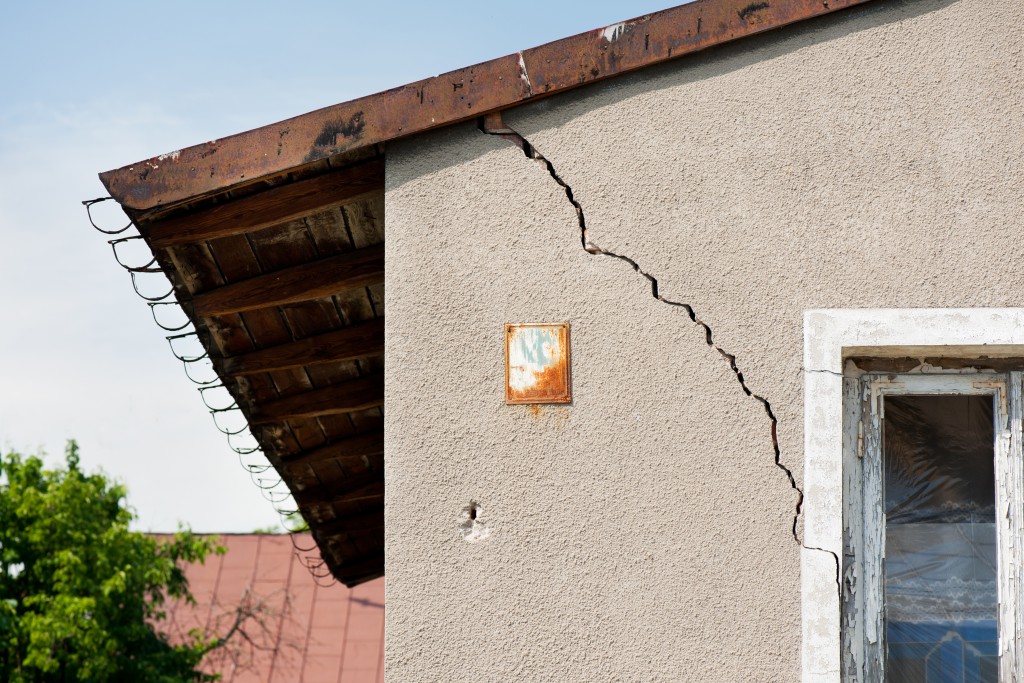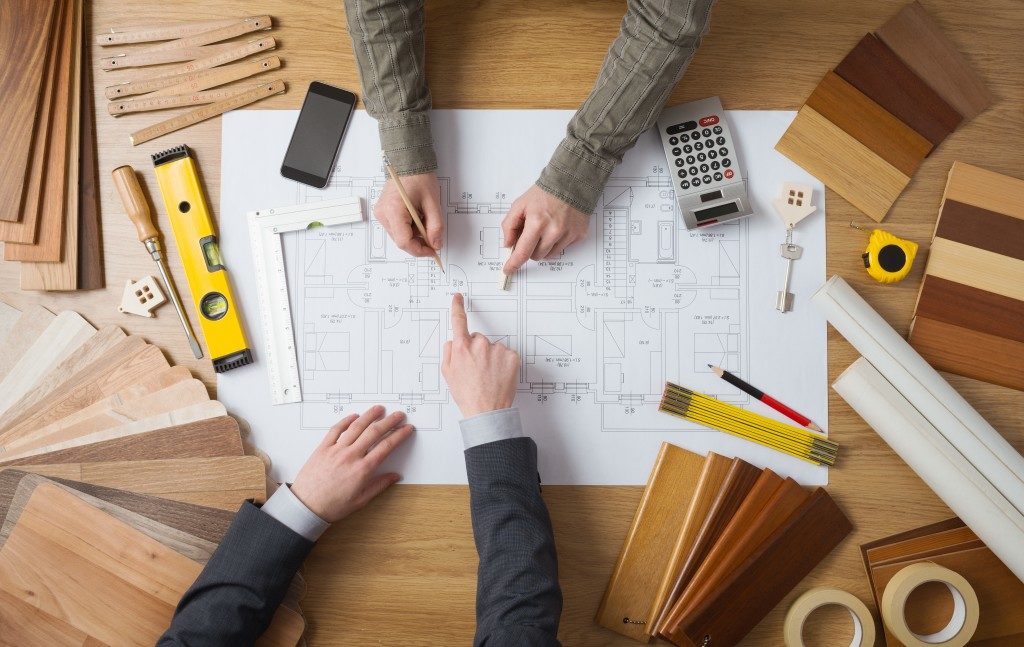Building Maintenance: How to Take Care Older Structures

The upkeep of a building is important, especially in busy commercial and residential districts, where these structures see a lot of use because of the populace. Here are some vital maintenance tips anyone looking to manage an older building or staying in one should know.
-
Update the piping
As time goes on, the pipes and plumbing in your building become one of the most abused parts of the whole system — eventually giving in to wear and tear if not properly maintained. Some damage is inevitable if the place is aged, so it may be wise to bring out some pipe cutting equipment and start replacing old ones and getting rid of destroyed pieces.
Older pipes that have rusted, corroded, or cracked severely because of the cold might be unsalvageable, and it would be better to reinstall new parts that are more streamlined for common use with modern necessities. That can also be a good time to use uniform tubing so that future repairs will be much easier to manage.
-
Check for structural damage

The most common telltale sign of damage are cracks in the walls. They can be large and prominent or smaller and thinner, depending on what caused the break and how long they have been left unattended to. Identifying their appearance can help you determine what method to go for in terms of repair, but it is also important to survey what may have been the cause of the cracking.
While smaller cracks are easily fixed merely by filling them, bigger ones can signal structural damage that can make the whole place a danger zone. It can expose chemicals, affect the piping, become more vulnerable to earthquakes, and be less resistant to stress and weight. The climate and the materials that comprise your walls can be major factors as to how much damage can be dealt with and what maintenance needs to be done.
-
Spot stains and their underlying issues
Rust stains tend to pop up over time on both concrete and metal exteriors on any building because of weather conditions and external forces. That not only makes the appearance of the building unsightly, but it can also be a major sign of corrosion in the materials of your building’s outer walls.
It’s important to regularly check on the walls and roof areas that are particularly exposed to moisture and treat any stains even when they are still in their early stages. From there, it would be wise to fix any corrosion that has occurred and clean any metal sources that could be spreading the rust to the rest of the structure. When the materials become degraded over time, it is not only aesthetically unappealing, but it can also spell trouble for the stability of the place and even lead to collapse and vulnerable spots.
Old buildings have a lot of history and are a hallmark of civilization throughout time. So keeping them up and running can take more care and a focused eye, but it comes with a great payoff.




